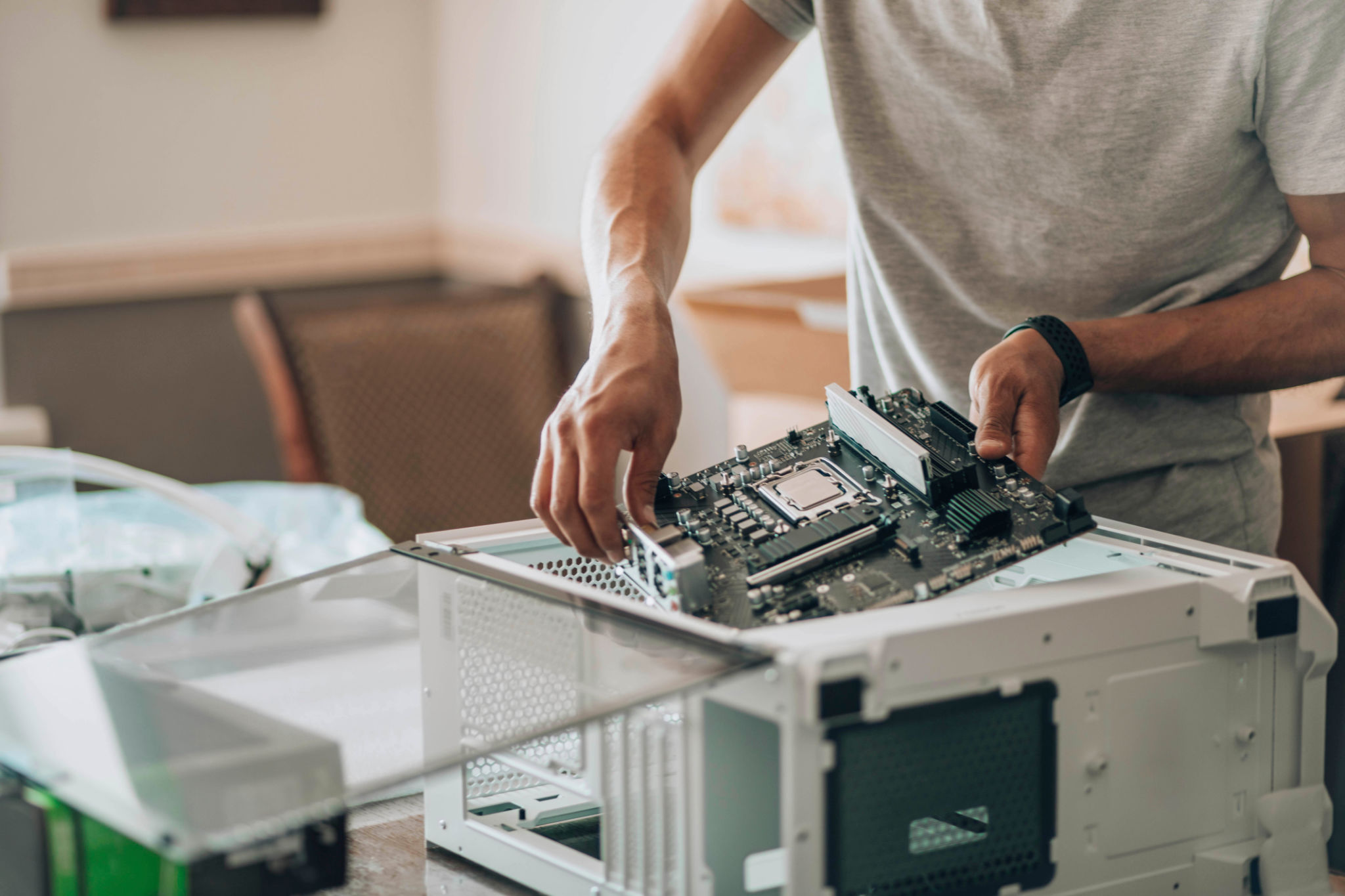How to Troubleshoot Common Computer Problems at Home
MA
Identifying the Problem
Troubleshooting common computer problems at home can be a daunting task, but understanding the basic symptoms can help you identify the root cause. Start by observing what your computer is doing. Is it running slow, freezing, or not turning on at all? Recognizing these signs early can guide you to the right solution.
One of the first steps is to determine whether the problem is hardware or software-related. Hardware issues might involve physical components, while software problems are usually tied to applications or the operating system itself.

Basic Software Fixes
If your computer is running slow, one of the most effective solutions is to manage your startup programs. Many applications launch upon startup, slowing down your system. You can access these settings through the Task Manager by pressing Ctrl + Shift + Esc, then navigating to the "Startup" tab.
Another common software issue is outdated drivers. Drivers are essential for your hardware to communicate with the operating system efficiently. Ensure all drivers are up-to-date by visiting the manufacturer’s website or using Windows Update.
Running a Virus Scan
Viruses and malware can significantly impact your computer’s performance. Running a comprehensive virus scan using a reputable antivirus program can identify and remove malicious software. Regular scans are crucial for maintaining optimal performance and security.

Troubleshooting Hardware Issues
If you suspect a hardware problem, the first step is to check all physical connections. Ensure that all cables are securely plugged in and that peripherals like keyboards and mice are functioning correctly.
Overheating is another common hardware issue. Ensure that your computer’s vents and fans are clean and unobstructed. Dust buildup can impede airflow, causing overheating and performance issues.
Testing Your RAM
Faulty RAM can cause your computer to crash or freeze unexpectedly. To test your RAM, you can use the built-in Windows Memory Diagnostic tool. Simply type "Windows Memory Diagnostic" into the search bar, follow the prompts, and restart your computer to run the test.

When to Seek Professional Help
While many computer issues can be resolved at home, there are times when professional assistance is necessary. If you’ve tried multiple solutions without success, or if your computer is still under warranty, contacting a professional technician might be the best course of action.
Attempting complex repairs without adequate knowledge could potentially worsen the problem or void warranties. Professionals have the tools and expertise needed to diagnose and fix more complicated issues safely.
Preventive Measures
Preventing computer problems before they occur is always preferable to troubleshooting them later. Regular maintenance tasks, such as disk cleanup and defragmentation, can help keep your system running smoothly.
Additionally, ensure you have a reliable backup system in place. Regularly backing up your data protects against data loss due to hardware failure or cyberattacks.
